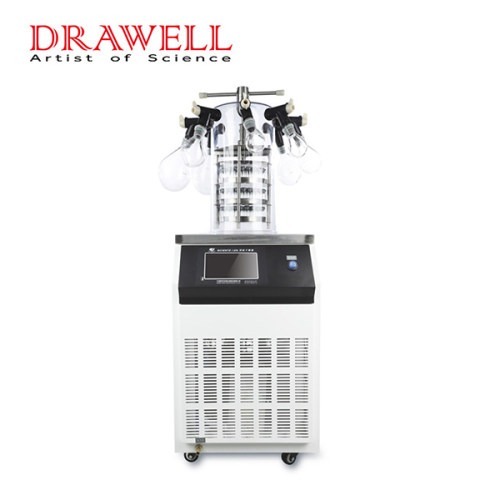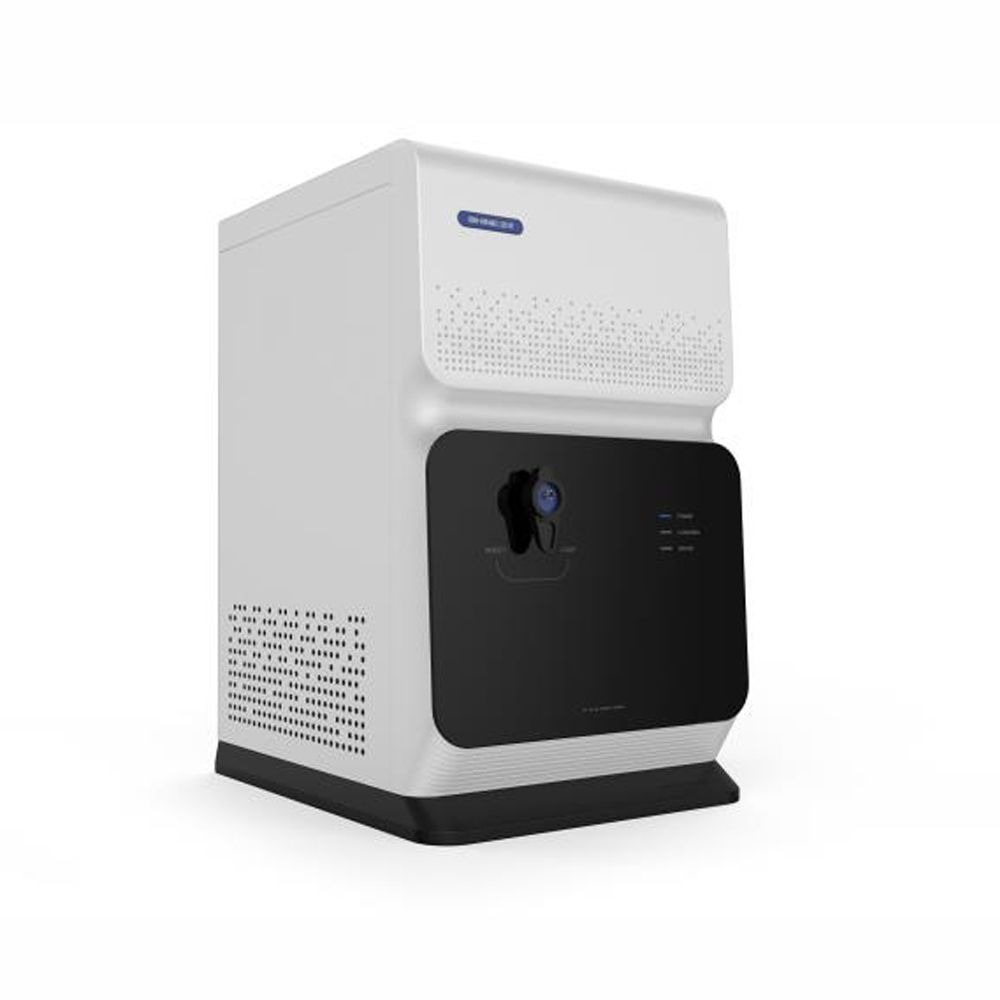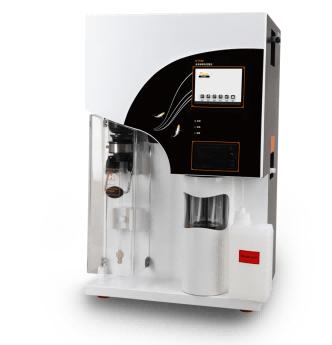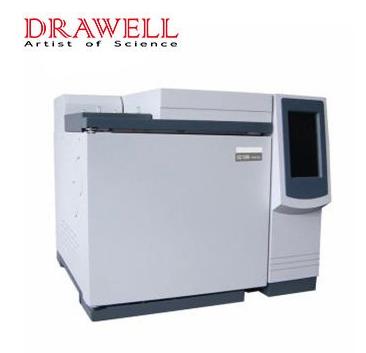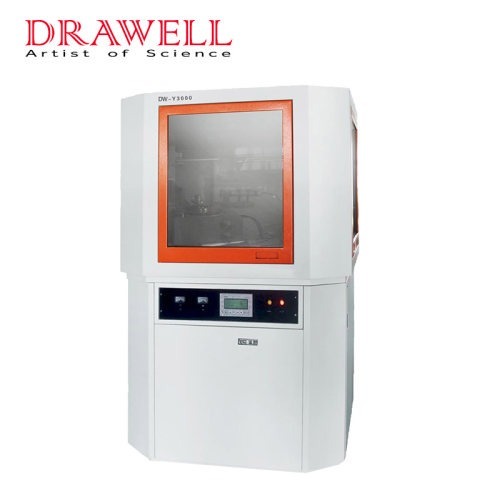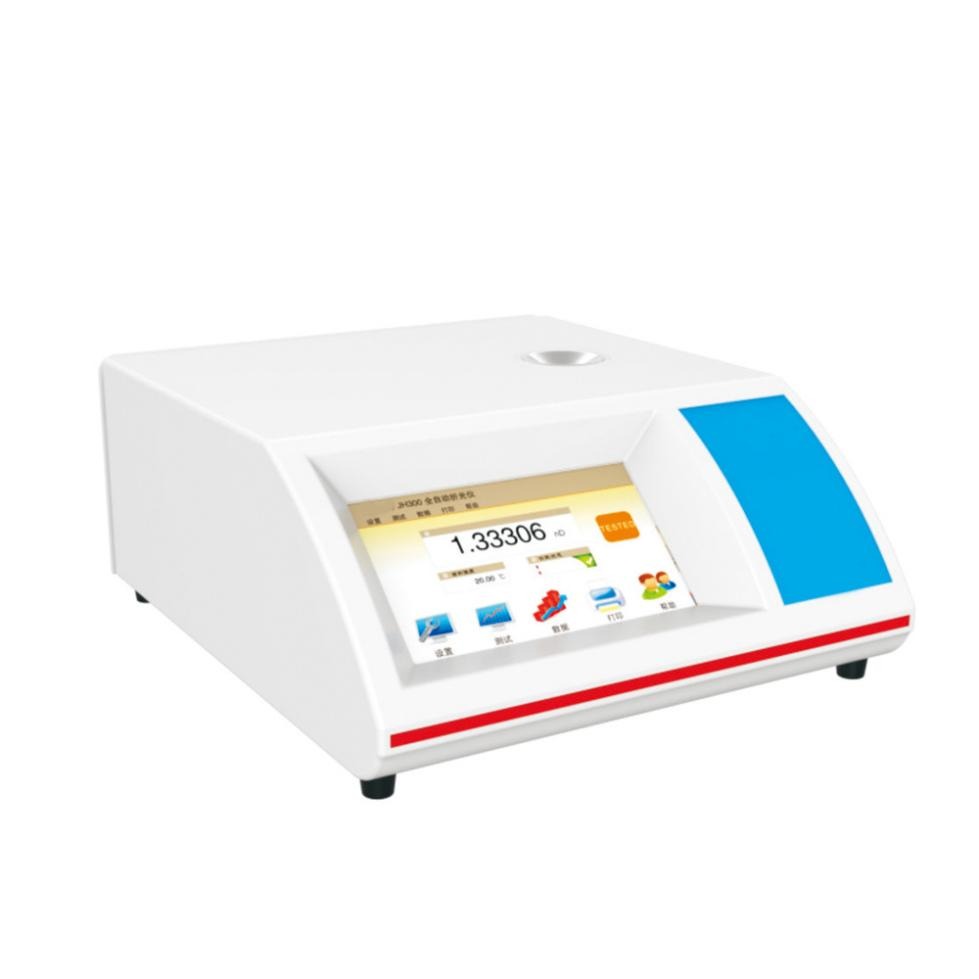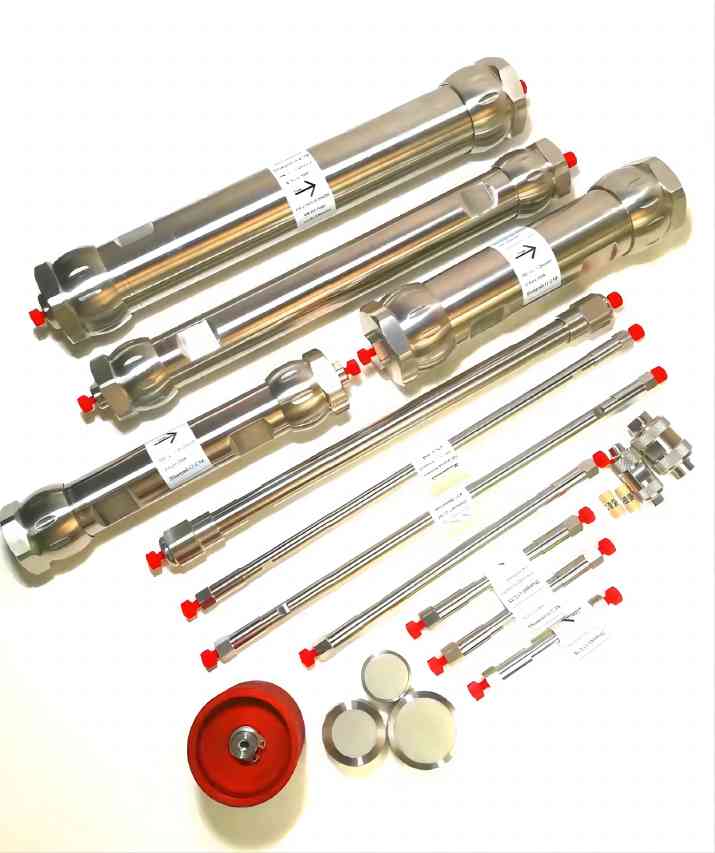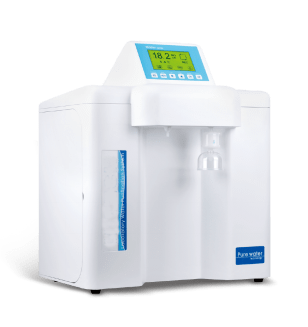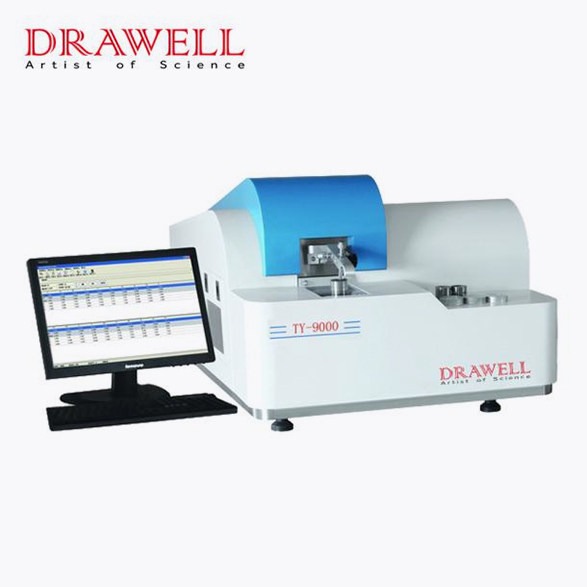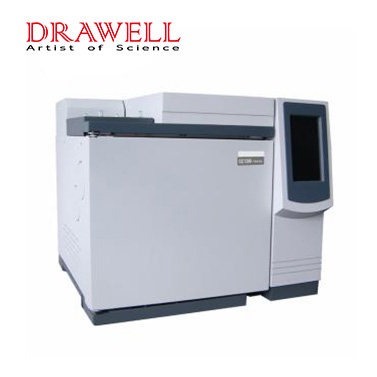News
What Are the Benefits of Using a Lab Freeze Dryer for Pharmaceutical Applications
In the ever-evolving landscape of pharmaceuticals, the quest to improve drug stability, extend shelf life, and enhance the quality of sensitive pharmaceutical products is unceasing. One remarkable technology that has revolutionized the industry is freeze-drying. In this article, we will delve into the intricacies of freeze drying, explore the benefits it offers for pharmaceutical applications,…
The Role of Ion Chromatography in Water Analysis: Principles, Applications and Benefits
It is critical to ensure that our water supply is free of dangerous contaminants and meets regulatory criteria. Ion chromatography (IC) is a potent analytical technology that has transformed water quality assessment. In this article, we dig into the world of ion chromatography in water analysis, learning about its principles, applications, and importance in protecting our…
Automatic Kjeldahl Analyzers: What are the Different Types and How to Choose the Proper One
Automatic Kjeldahl analyzers are laboratory instruments used to determine the nitrogen content of samples. They are based on the Kjeldahl method, which was developed by Johan Kjeldahl in 1883. The Kjeldahl method involves digesting the sample with sulfuric acid and a catalyst to convert all of the nitrogen in the sample to ammonium sulfate. The ammonium…
Why Is Temperature Programming Used in Gas Chromatography
Gas chromatography (GC) is a widely employed analytical technique that is essential in various fields, including chemistry, environmental science, pharmaceuticals, and food analysis. One of the critical factors that influence the separation and detection of compounds in gas chromatography is temperature. Temperature programming, a technique that involves varying the temperature during the chromatographic run, is often…
What is XRD(X-ray Diffraction): Advantages, Types and How it Works
X-ray diffraction (XRD) is a versatile analytical technique used to analyze physical properties such as phase composition, crystal structure and orientation of powder, solid and liquid samples. It is a non-destructive technique, meaning that the sample does not need to be changed or damaged in order to be analyzed and it used in a wide variety…
Automatic Digital Refractometer: Excellent Device for Measuring the Refractive Index of a Liquid
A refractometer is an instrument used to measure the refractive index of a liquid. The refractive index is a measure of how much light bends when it passes through a substance. It is a property that is characteristic of a particular substance and can be used to identify it or to measure its concentration. Automatic…
Column Chromatography – What are Different Types and How to Select the Right Method
In the discipline of chemistry, column chromatography is a versatile and commonly used separation process. It permits molecules to be separated, purified, and analyzed based on their physicochemical properties as they interact with a stationary phase inside a column. Various types of column chromatography technologies have been developed over the years, each customized to certain applications…
How to Make a Water Purification System?
Access to safe and clean drinking water is critical to human health and well-being. Water sources in many regions of the world, however, can be contaminated with chemicals and toxins that endanger human health. Making a water purification system can help address this problem by filtering out hazardous elements and ensuring that the water you drink…
What Are the Differences Between Atomic Absorption Spectrometer (AAS) and Direct Reading Spectrometer
Analytical chemistry plays a pivotal role in understanding the composition of various substances, making it a cornerstone in scientific research and industrial applications. Two widely used instruments in the field of analytical chemistry are the Atomic Absorption Spectrometer (AAS) and the Direct Reading Spectrometer. While both of these instruments are essential for qualitative and quantitative analysis,…
A Comprehensive Guide to Know Gas Chromatography(GC)
Gas Chromatography (GC) is a powerful analytical technique used to separate and analyze complex mixtures of compounds. It plays a vital role in a wide range of industries, including chemistry, pharmaceuticals, environmental monitoring, and food analysis. In this comprehensive guide, we will explore the fundamental principles of GC, the latest developments in technology, various applications, and…


